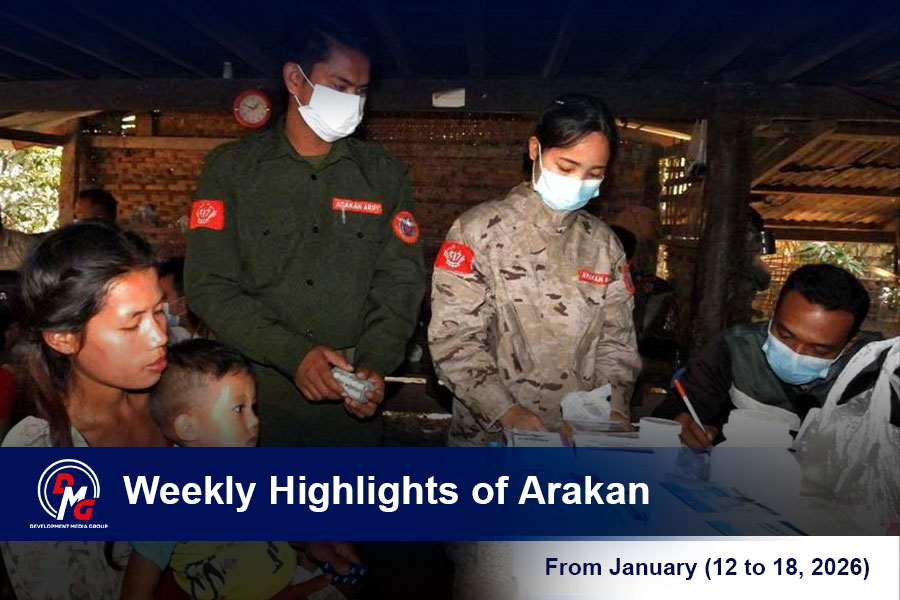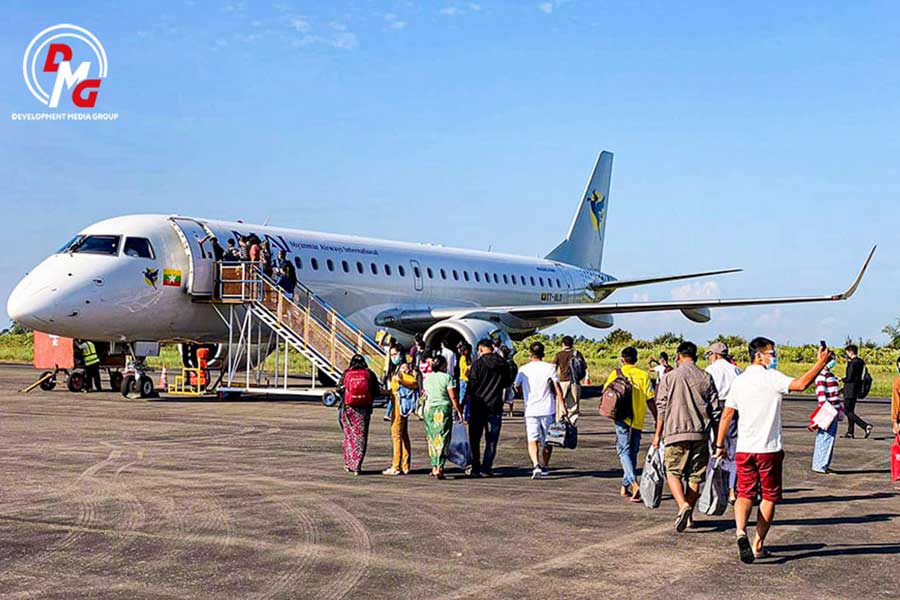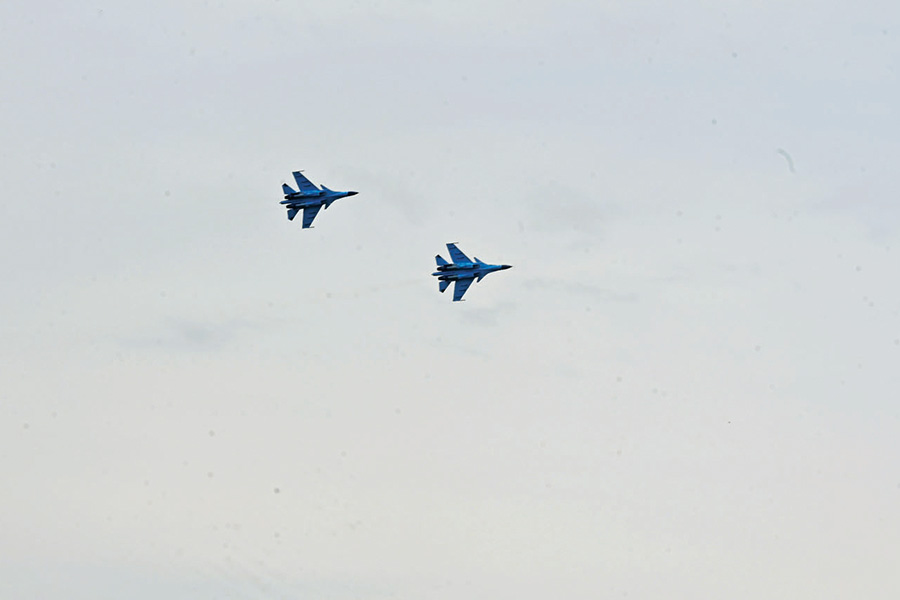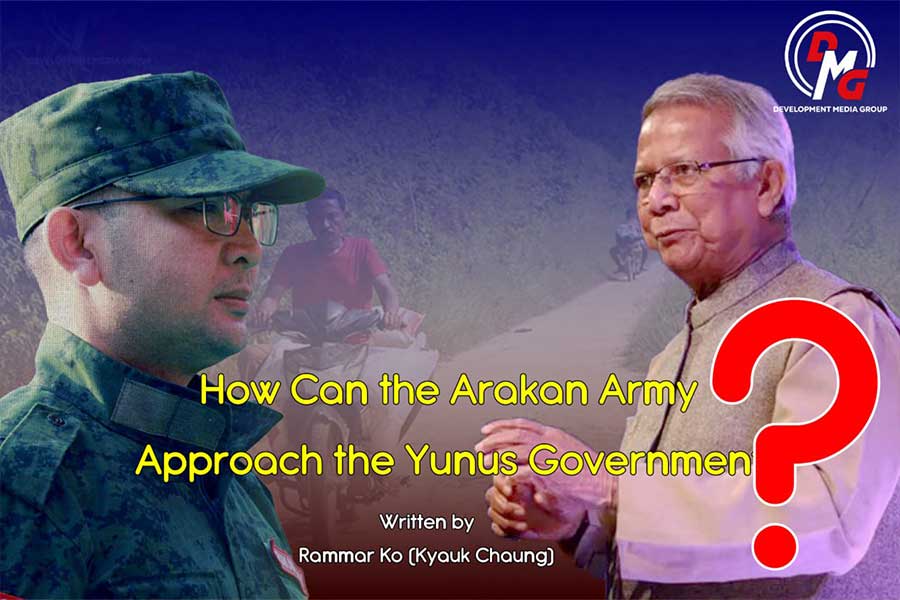- Weekly Highlights from Arakan State (Jan 12-18, 2026)
- Arakan Army denies junta claims of drug involvement
- Water shortages hit nearly 2,000 displaced people in Ponnagyun
- Junta airstrikes and naval shelling kill two displaced women in Kyaukphyu
- 7-year-old kidney patient in Kyauktaw seeks financial support for ongoing treatment
Junta bars nighttime celebrations for pagoda festival in Ponnagyun
The Myanmar military has barred residents from organising a major pagoda festival in Arakan State’s Ponnagyun during the evening hours, according to locals.
01 Feb 2023

DMG Newsroom
1 February 2023, Ponnagyun
The Myanmar military has barred residents from organising a major pagoda festival in Arakan State’s Ponnagyun during the evening hours, according to locals.
Citing the nighttime curfew in the township, the battalion commander from a Ponnagyun-based unit told residents not to hold the pagoda festival at the historical San Myone Taw Pagoda and Guwa Pagoda at night, according to a social activist.
“The regime does not allow us to hold the pagoda festival at night. They said we can only hold the festival from 6 a.m. to 6 p.m. We had invited Arakanese singers to the festival, but we had to cancel them. The curfew only starts at 9, and we planned to hold the festival until 8. However, they didn’t allow us,” he said.
The festival will nonetheless be held on February 4 and 5, and will include tug-of-war, greased pole climbing and futsal competitions during the daytime, and music and zat pwe shows in the early evening.
Due to the junta’s restrictions, the festival will be only held from 2 p.m. to 6 p.m. during the two days.
“Traditionally, the festival is held three or four nights. As a resident, I feel very sorry that this tradition is broken now,” said community elder U Maung Yay.
The pagoda festival is held annually in the month of Tabodwe on the Myanmar calendar.
To commemorate his accession to the throne in A.D. 1531, which marked the beginning of the second Mrauk-U Dynasty, King Min Bar had caves built in nine stone mountains, where Buddha images were enshrined. Guwa Pagoda was one of them. Eleven caves were built in one place of carved out stone, which became collectively known as Guwa Pagoda, with a Buddha image enshrined in each cave.
Sa Myone Taw Pagoda, which is located on Mount Tharlaryama to the north of Guwa Pagoda, was built by Arakanese King Thurira Sakka in the Myanmar Era 222, according to historical records.














.jpg)


